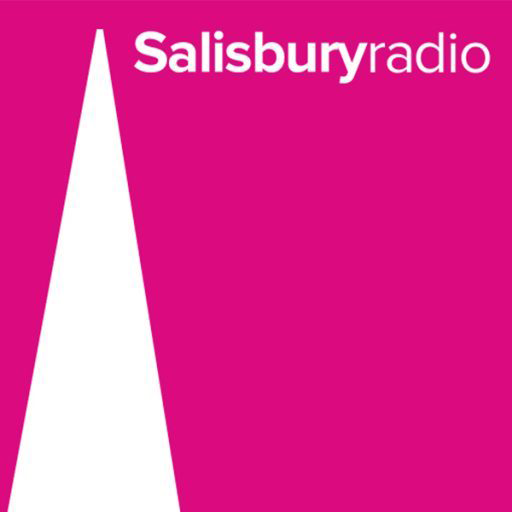Does your Uncle James move like a whirlwind? Does your best friend cause an impact wherever they go? Now you can give them the recognition they deserve, by naming a storm after them.
The Met Office is searching for the next round of names ahead of the next storm season, and the UK public are once again being asked for their input.
In partnership with Met Éireann and KNMI, the forecasting services for Ireland and the Netherlands respectively, the group has been naming storms together in recent years in order to help the media and the public communicate more effectively about the impacts of severe weather events.
As part of the naming process, each of the three meteorological organisations get to name selected letters in the alphabet, reflecting the diversity of the three countries naming the storms. Names are selected for each letter of the alphabet, except for Q, U, X, Y and Z, in keeping with storm naming conventions.
This year, the Met Office is asking people in the UK to submit their suggestions for consideration via its website. People can submit as many suggestions as they choose and also have the option of adding a reason for their suggestion to help it in consideration. The Met Office will then choose from some of the most popular names suggested.
Head of Civil Contingencies at the Met Office Will Lang said, “It’s great to go out to the UK public to get some suggestions of names. It’s incredibly important that everyone understands the potential impacts of severe weather and if having the public submit names for our next round of storms helps them engage in the subject then it’s a great way of raising awareness.
“When storms come, we are obviously at the forefront of assessing its impacts on the people of the UK, and communicating that information succinctly is incredibly important during those times. That’s why storms need names, so people, the media and our meteorologists can better speak about potential impacts when a storm is in the forecast.
“Name our storms is also a great example of international collaboration and we look forward to working further with Met Éireann and KNMI during the next storm season to help keep the public safe.”

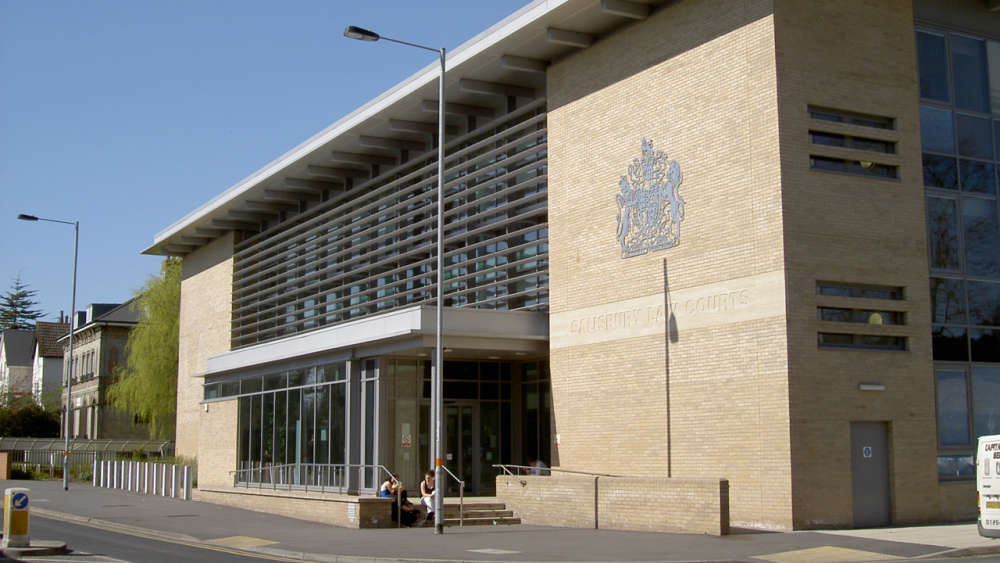 Man sentenced for breaching Criminal Behaviour Order in Salisbury
Man sentenced for breaching Criminal Behaviour Order in Salisbury
 New Stars Appeal equipment helps 2,000 extra heart patients in first year
New Stars Appeal equipment helps 2,000 extra heart patients in first year
 Salisbury travel to take on Boreham Wood as league survival quest continues
Salisbury travel to take on Boreham Wood as league survival quest continues
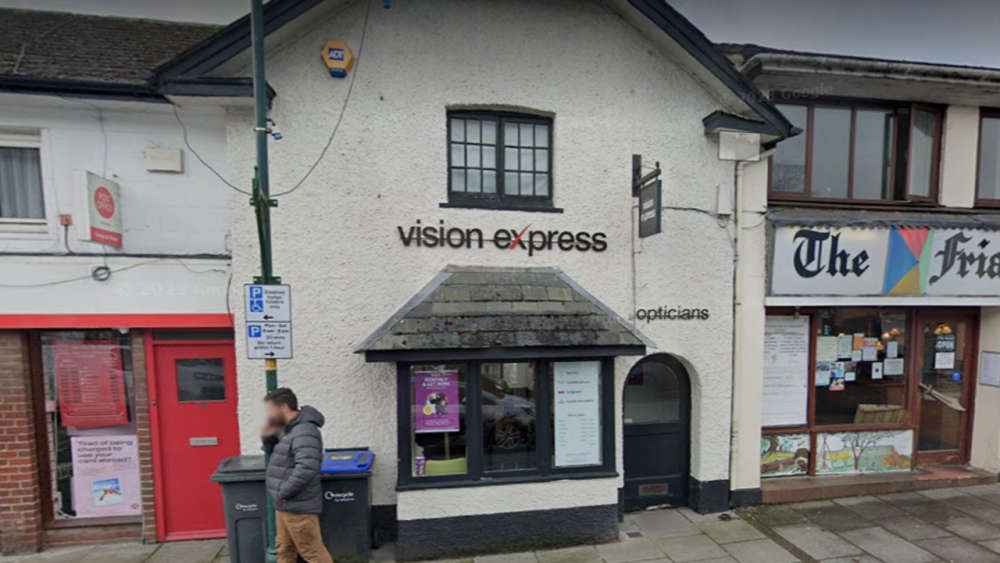 Multiple Pairs of Sunglasses stolen from Amesbury shop
Multiple Pairs of Sunglasses stolen from Amesbury shop
 Salisbury woman to run marathon in honour of dad who survived tumour the size of a rugby ball
Salisbury woman to run marathon in honour of dad who survived tumour the size of a rugby ball
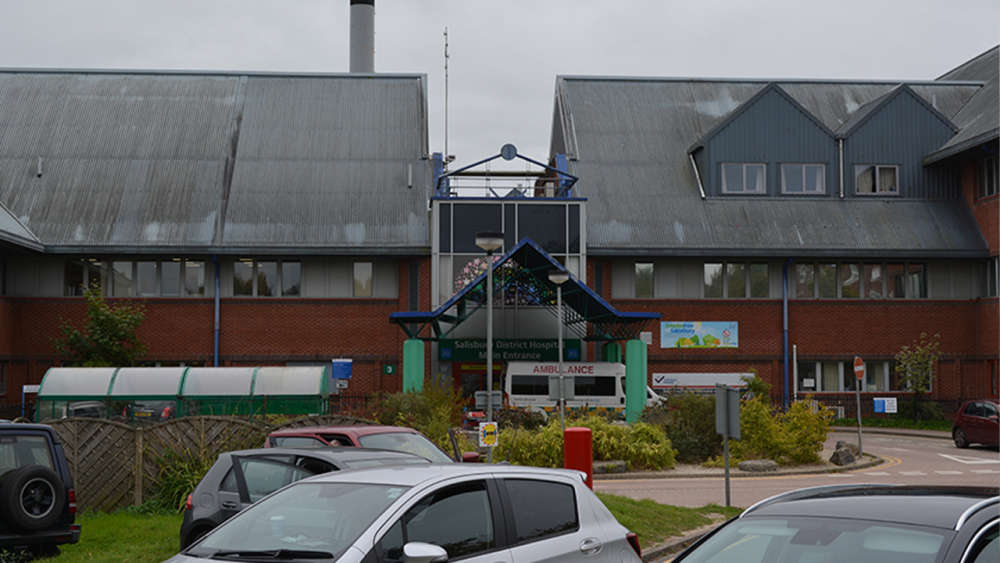 Salisbury District Hospital tops national survey
Salisbury District Hospital tops national survey
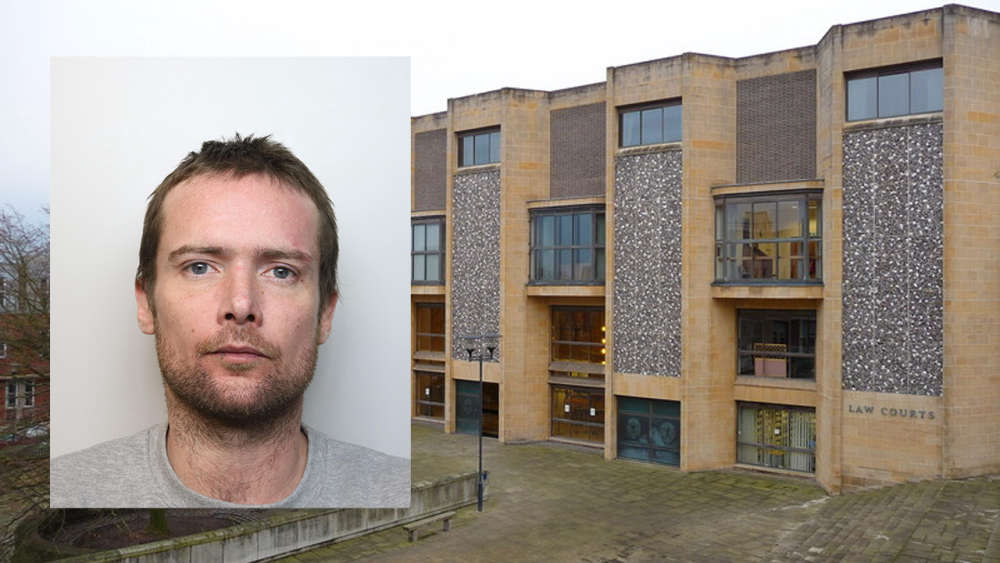 Man jailed for 28 months following stabbing in Amesbury
Man jailed for 28 months following stabbing in Amesbury
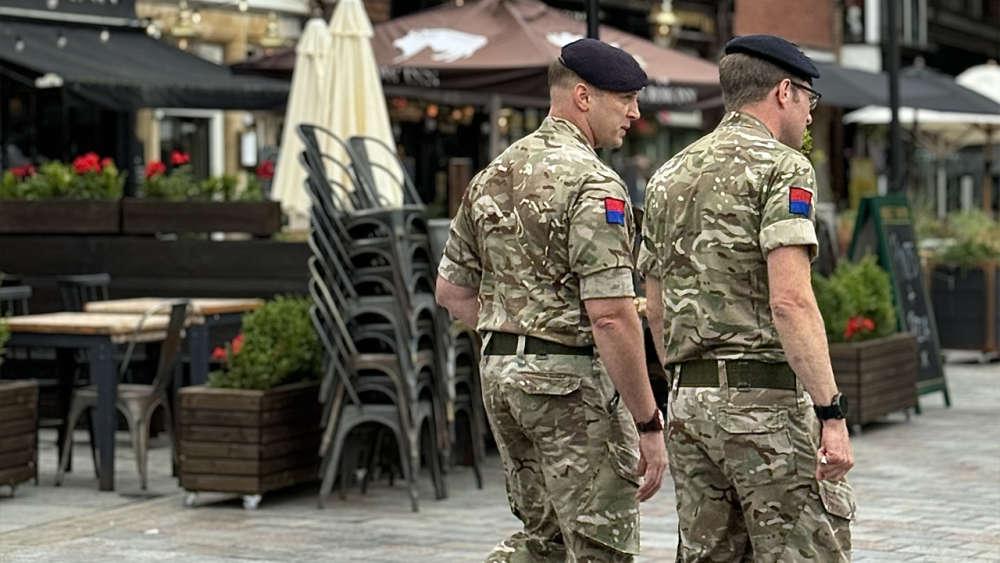 City Council announces plans for Armed Forces Day
City Council announces plans for Armed Forces Day


